There's trouble in aisle five. It also lurks in the frozen food aisle, the bread aisle and the dairy aisle. The mischief-maker, my friends, is highly processed food. Now, technically any food that's been altered from its natural state—like pasteurised milk, roasted coffee beans or even precut veggies—is processed. So a little processing isn't necessarily a bad thing, especially if you don't want to spend your entire life in the kitchen.
Highly processed foods, on the other hand, are stripped of their inherent nutrients or plied with sugar, sodium, unhealthful fats or unrecognisable ingredients. Amazingly, these less-than-desirable eats now make up the bulk of foods on supermarket shelves, accounting for 58% of our calories and 89% of the added sugar in our diets.
Here's how to clean up your act in three simple steps.
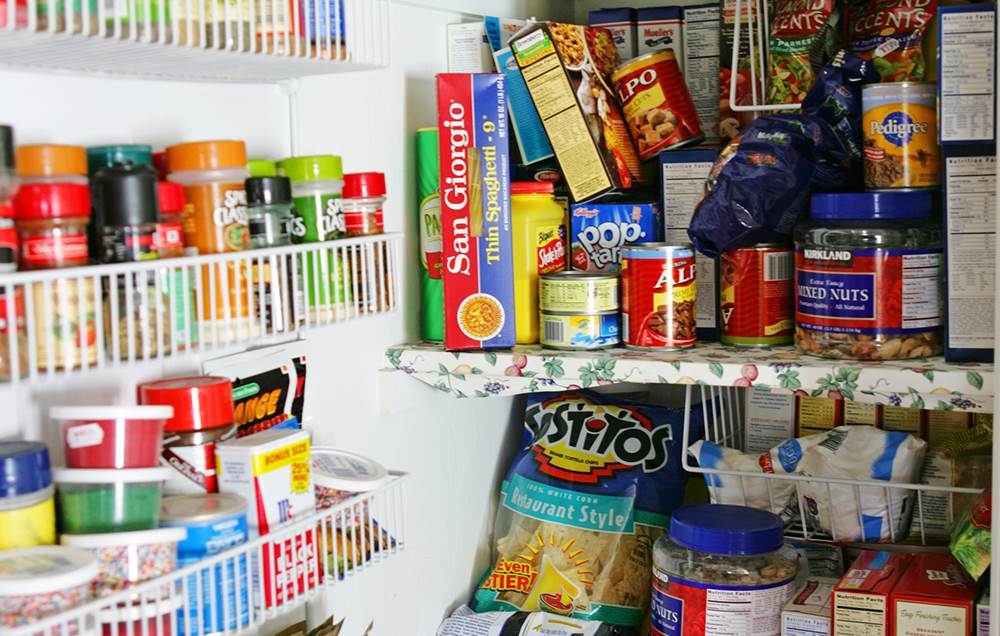
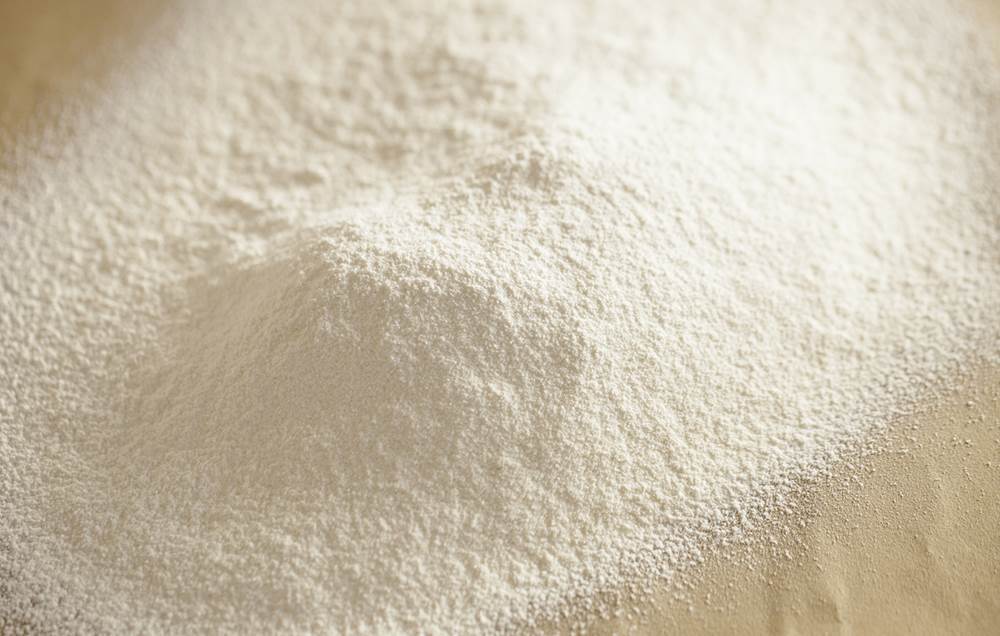
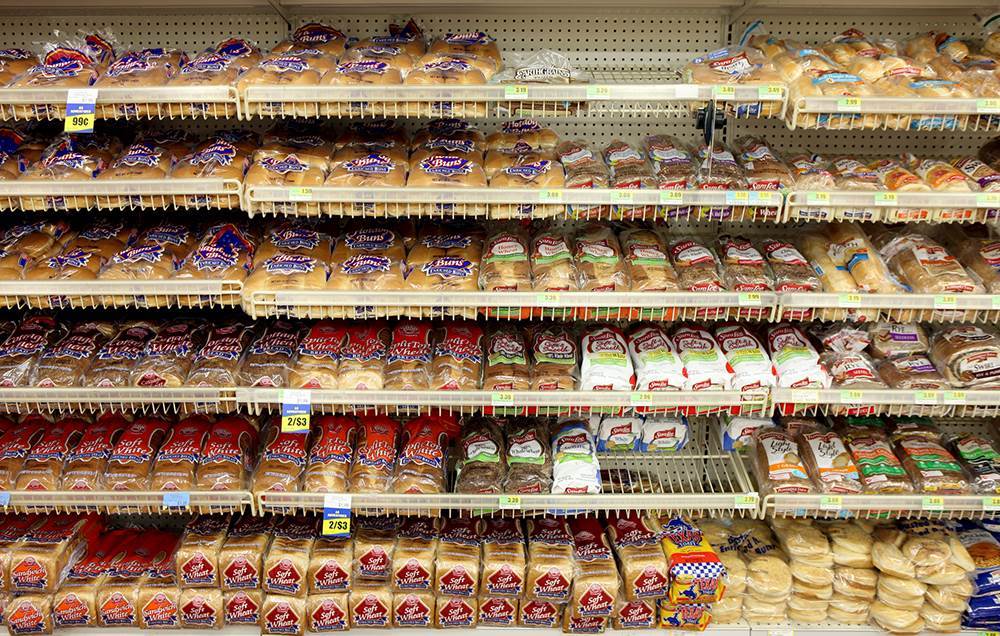
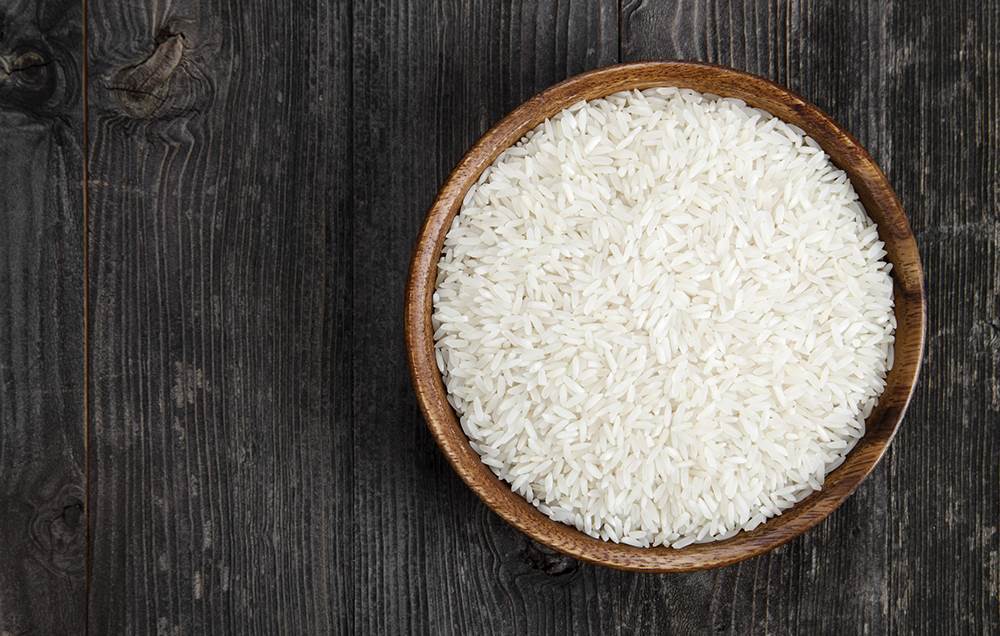

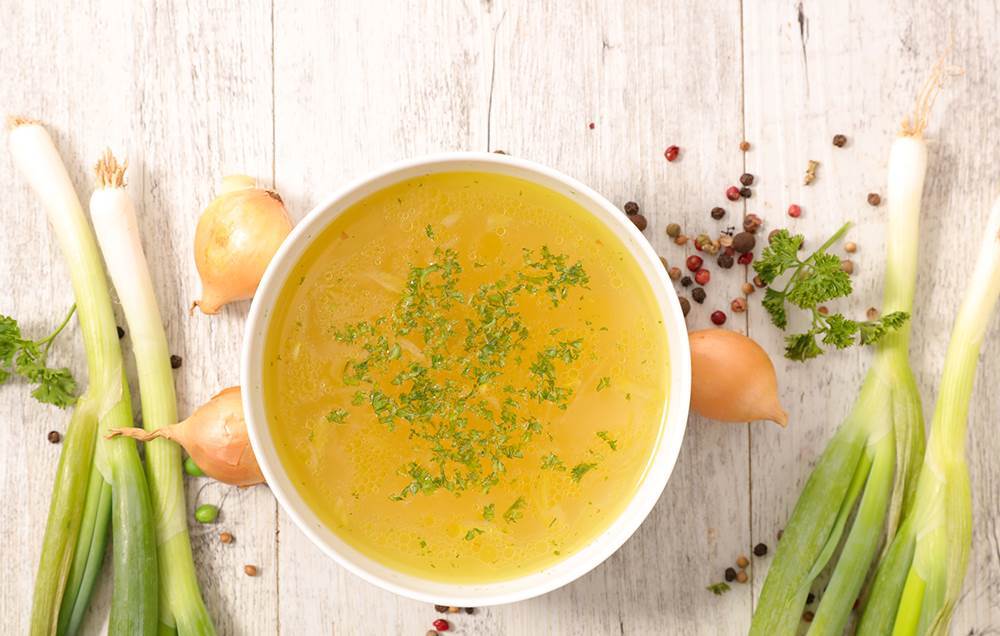
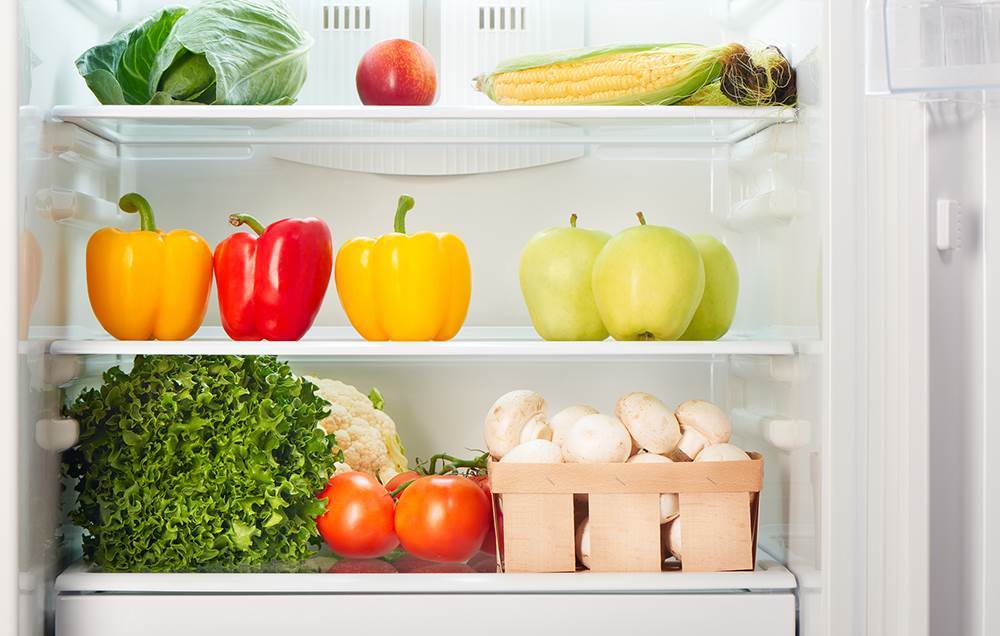
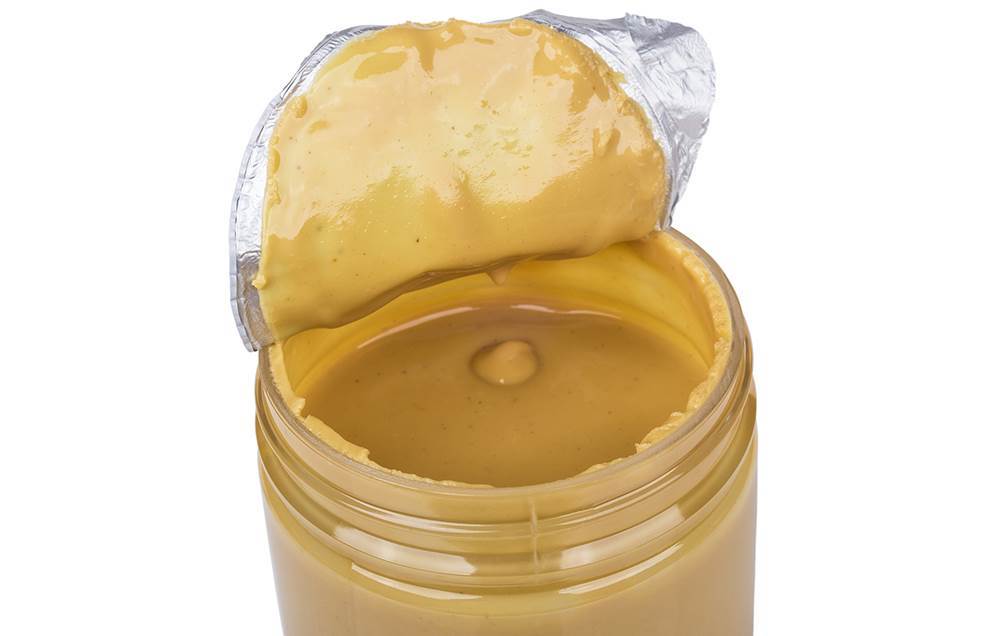
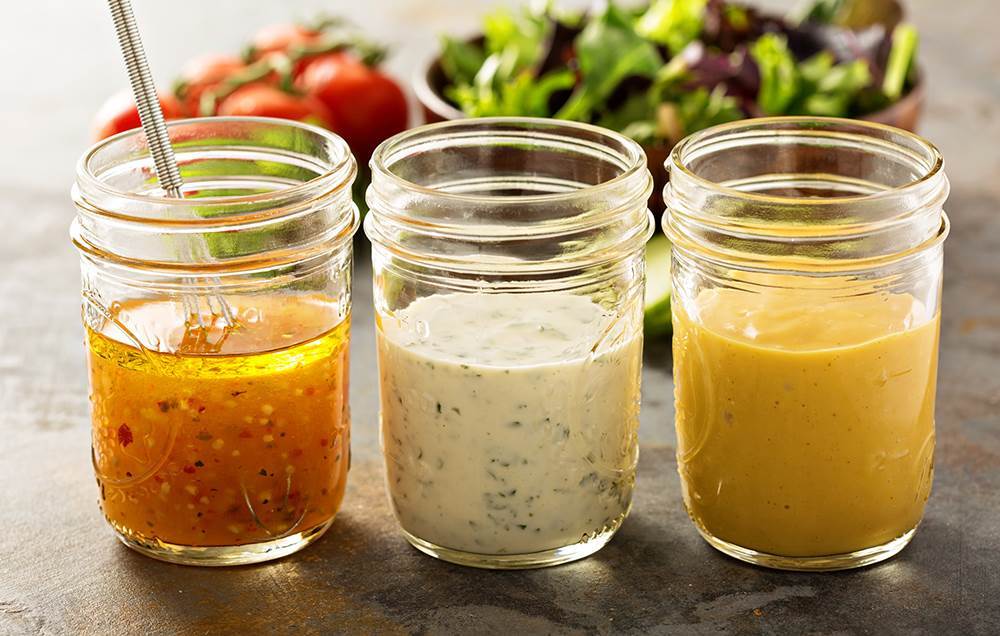
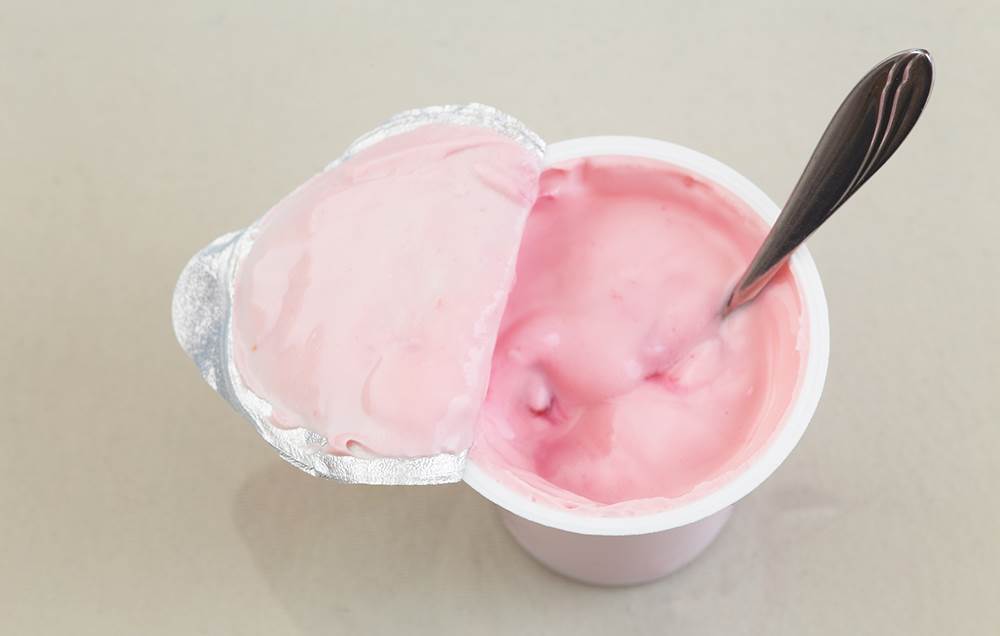
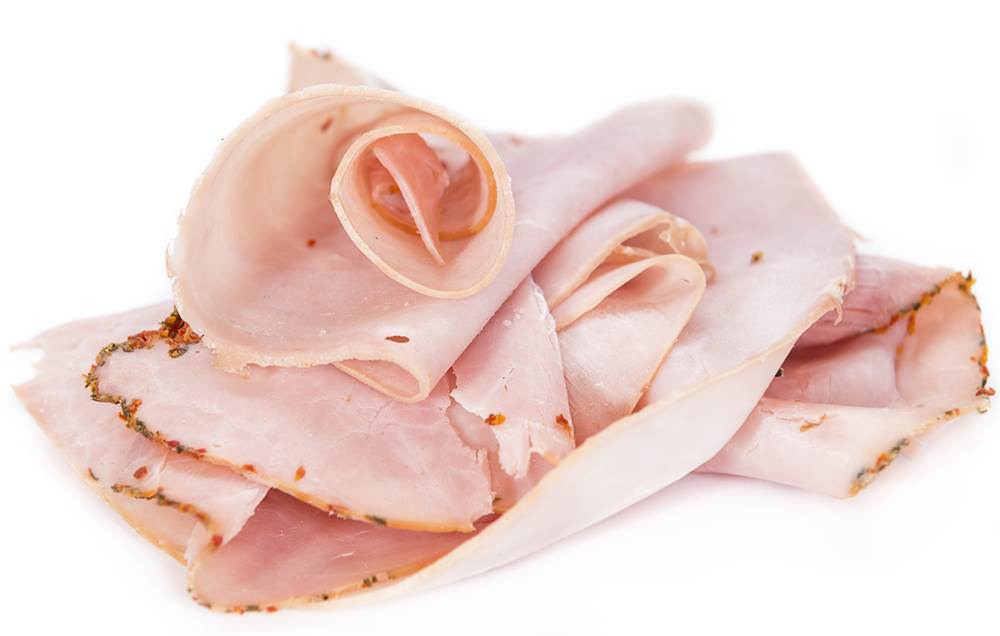
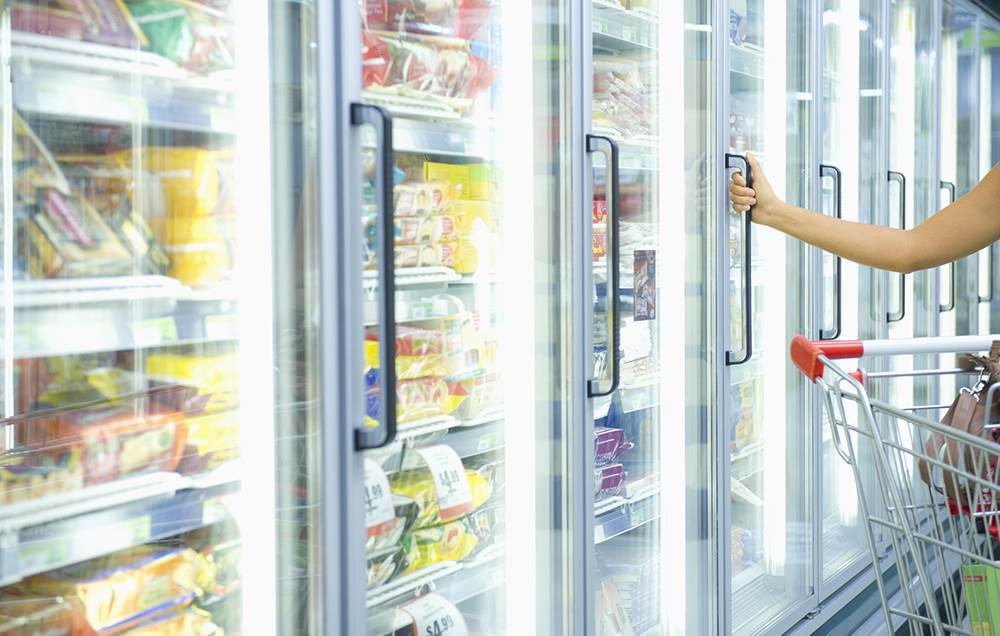
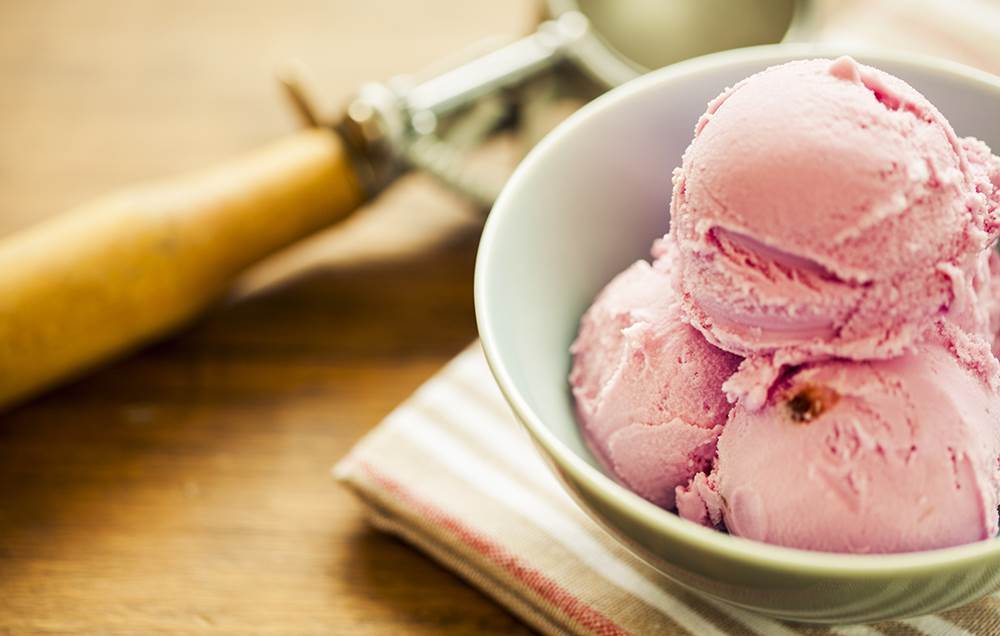
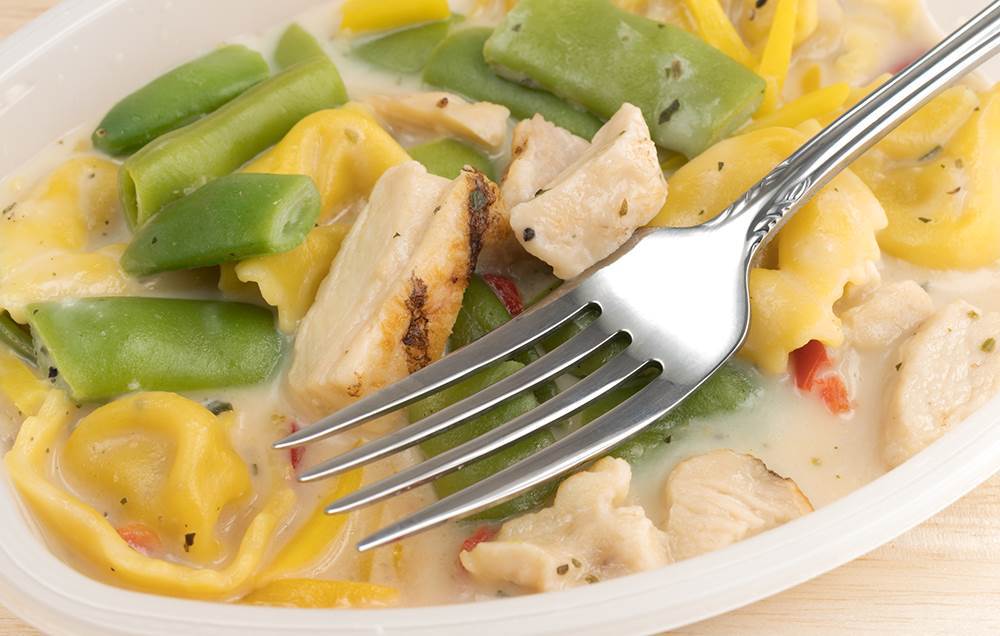

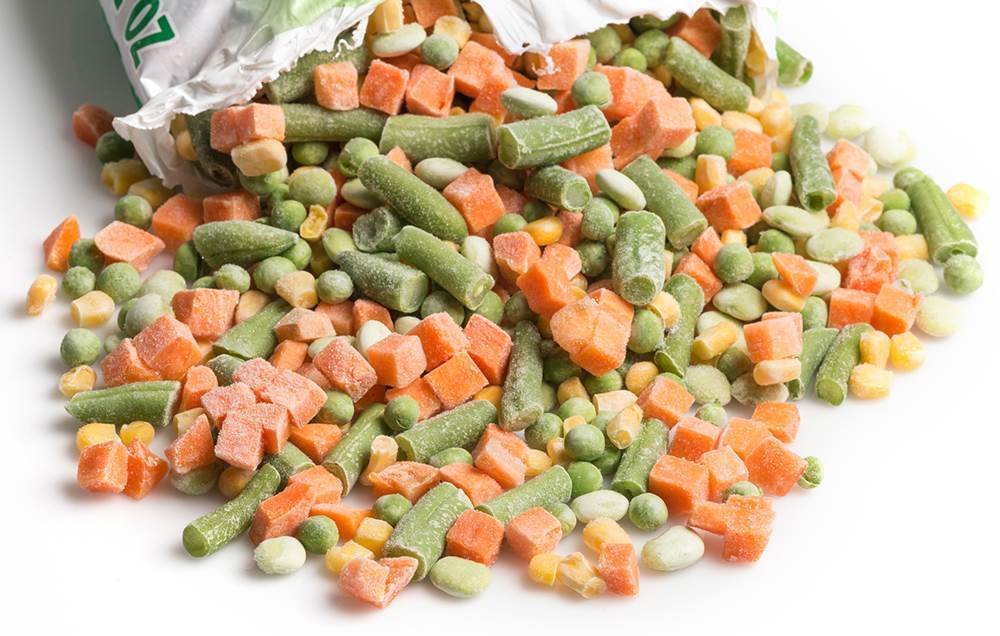
STEP 1: Upgrade your pantry.
Start by ditching the following five foods…
White flour (and anything made from it)
With 22% less protein, 75% less fibre and fewer vitamins and minerals than whole-wheat, white flour might just be the granddaddy of highly processed foods. Take back the nutrients you've been missing by upgrading to whole-wheat flour. While you're at it, trade in white pasta and crackers for whole-wheat versions.
Most packaged bread
Wouldn't it be great if bread stayed soft and fluffy for days? Without added preservatives, that's unlikely to happen. The exception: sprouted grain bread such as rye or spelt. This whole-grain loaf is usually stored in the freezer for freshness. Plus it's made from the simplest of ingredients—just whole sprouted grains, water, yeast, gluten and a little salt.
White rice
When rice is milled it's stripped of important nutrients like magnesium, a mineral that helps balance blood sugar. Switch to brown rice and gain four times the magnesium of white. Or, for a fibre boost, try quinoa. One cooked cup delivers five grams.Chips
There's nothing good about munching on deep-fried potatoes. Why not get your crunch fix from air-popped popcorn instead? This single-ingredient snack counts as a whole grain, and three cups deliver as much fibre as a bowl of porridge. (Plus, you can flavour it however you like.)
Canned soup
Whether it's chicken, beef or vegetable, canned soup can easily pack a quarter of your day's sodium allotment into one little cup—even if it's labeled "low sodium." Create your own stock with this recipe. Then freeze it in ice cube trays and defrost portions as needed.STEP 2: Overhaul your fridge.
Start by replacing these four common groceries.
Peanut butter
PB can pack a lot more than peanuts. Many brands contain cholesterol-raising hydrogenated oils as well as sugar. Some health food stores now let you grind your own fresh peanut butter in-store. If that's not an option, be sure to check the ingredients list carefully. The best picks are jars that contain only peanuts, a little oil and no more than 80 milligrams of sodium per serving.
Salad dressing
Ready-made dressing isn't just filled with unhealthful fats. It's also a stealth sodium bomb, with some bottles dishing up 340 milligrams in a tiny two-tablespoon serving. Luckily, it takes mere minutes to whip up your own with one of these DIY salad dressing recipes.Flavoured yogurt
No, we're not going to tell you to make your own. But you can stop buying the flavoured varieties, which can pack as much as 25 grams of sugar per serving. Stick with unsweetened, plain yogurt and perk it up with a handful of fresh berries.
Sausages, bacon and deli meat
You've likely heard that red and processed meats can up your colon cancer risk. What you might not know is that even nitrite-free varieties are trouble, thanks to impurities generated during the smoking process, not to mention the high sodium content. Skip the sausages and bacon entirely, and swap your usual deli meat for fresh roast chicken or turkey.STEP 3: Restock your freezer.
It’s time to toss these four freezer foods.
Light ice cream
As virtuous as it sounds, this treat owes its rich, creamy texture to gums and fillers. Blend up your own better-for-you frozen dessert, like this Creamy Strawberry Ice.Frozen dinners
They may be convenient, but most frozen meals have ingredient lists long enough to qualify as short novels. Your mission: Stock up on easy-to-defrost proteins that you can cook in a pinch, like individually wrapped chicken cutlets, salmon steaks and prawns.








